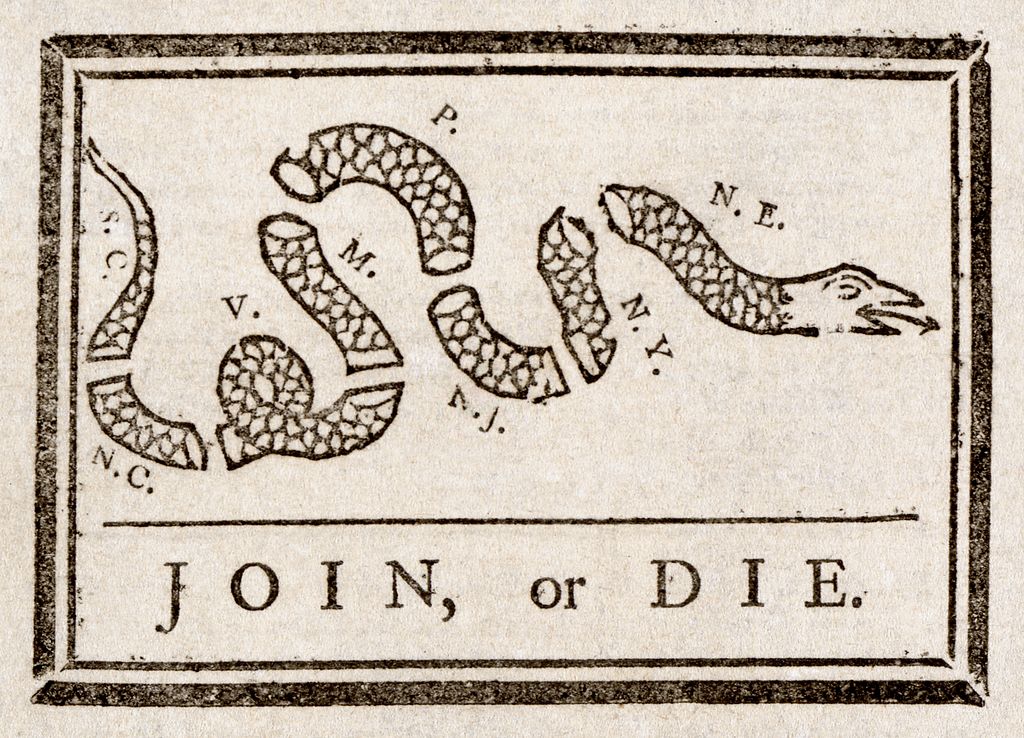This module is for Grades: 6-8 Welcome
The early history of the United States is told by the primary sources of the American Revolution. The events of the 1770s tell a story of growing resentment toward Great Britain and its control of the original thirteen colonies. Over time, rebellion turned to revolution and culminated with the colonies declaring their independence from Great Britain. The founding fathers of the era strove to separate and create an independent republic based on democracy and individual rights. The resulting government and Constitution was based on the principle that the nation was a union of states led by a federal government. As the nation grew, controversy surrounded its expanding territory and economy. The growing union would be tested by the secession crisis and Civil War of the 1860s.
The events of the 1770s, 1840s and 1860s are told through the points of view and perspectives of primary documents. The organization of these documents influences our understanding of the events. Many are written using the formal language of the era, and use symbolism or complex ideas to further explain their points. The activities in this module will examine documents related to the grievances of the original thirteen British colonies, James Polk’s opinions on expansion and the economy, and Abraham Lincoln’s efforts to preserve the union. You will look closely at how the organization of ideas in primary sources impacts the meaning of the sources.

The founding fathers of the early American colonies strove to separate and create an independent republic based on democracy and individual rights. This political cartoon by Benjamin Franklin was used to encourage the American colonies to unite against British rule.
Image credit: Benjamin Franklin via Wikimedia Commonsopens in new window
Focus Standard:
RH.6-8.5 – Describe how a text presents information (e.g., sequentially, comparatively, and causally).
Skills:
- Identify the organizational structure of a text.
- Explain how organization of a text influences its meaning.
Module Objectives
By the end of this module, you will be able to:
- Determine the content and meaning of a source by identifying the manner in which it organizes the information presented.








